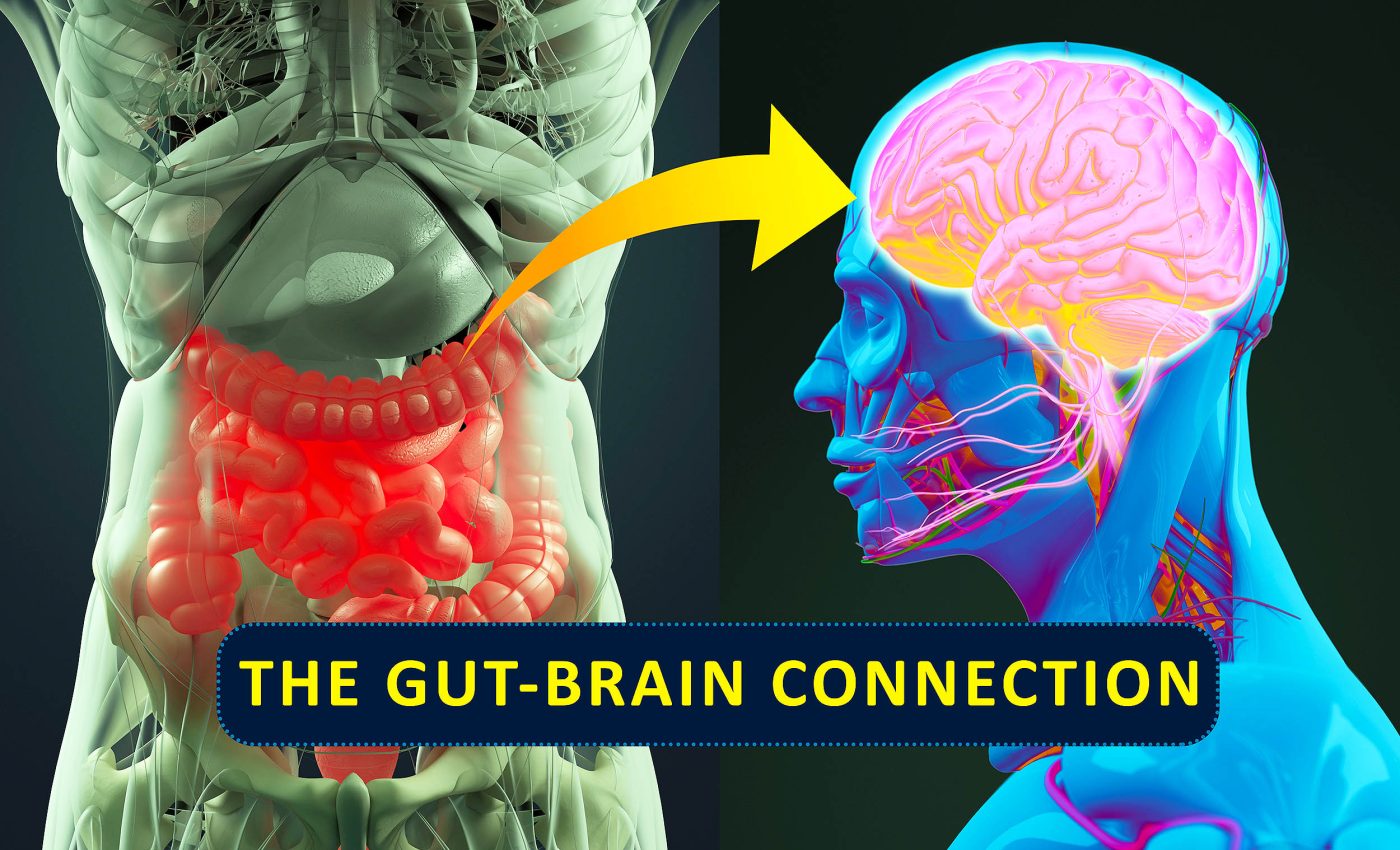
Bacteria living in your gut may cause depression, not your brain, says a new study
Scientists have uncovered a new link between gut bacteria and depression through a small contaminant‑modified lipid molecule. The finding suggests that environmental chemicals in the gut may fuel immune responses tied to mental health.
They set out to discover how one gut bacterium might play an active role in major depressive disorder.
Researchers from Harvard and the Broad Institute focused on Morganella morganii, a gut bacterium previously linked to depression, type 2 diabetes, and inflammatory bowel disease.
Their aim was to pinpoint a specific molecule that connects the bacterium to inflammation and mental health.
Using a bioassay approach, they discovered unusual phospholipids made by M. morganii. These lipids mimic cardiolipins but include an environmental contaminant, diethanolamine (DEA), instead of the usual glycerol.
Contaminant triggers inflammation
When M. morganii adds a chemical called DEA to its fats (lipids), it changes the molecule in a way that triggers the body’s immune system.
Tests showed that this new molecule turns on special sensors in immune cells called TLR1 and TLR2.
Once these sensors are activated, the immune cells release a substance called interleukin-6 (IL-6). IL-6 causes inflammation and has been linked to depression in genetic studies, suggesting it plays a role in mental health.
“There is a story out there linking the gut microbiome with depression, and this study takes it one step further, toward a real understanding of the molecular mechanisms behind the link,” said senior author Jon Clardy, the Christopher T. Walsh, PhD Professor of Biological Chemistry and Molecular Pharmacology in the Blavatnik Institute at HMS.
Immune system and bacterial lipids
Researchers found that special lipids from M. morganii – called MmDEACLs – can kickstart the immune system by attaching to two receptors, TLR1 and TLR2, which are known for spotting bacterial molecules.
This set off the release of interleukin-6 (IL-6), a signaling protein linked to long-term inflammation and immune-related illnesses.
But here’s the twist: only the versions of these lipids that contained DEA caused a strong IL-6 response.
It turns out that small changes in the shape of the fatty acid chains – like having a double bond instead of a ring – made a big difference in how strongly the immune system reacted.
This shows that our immune system can pick up on very fine molecular details in bacterial chemicals.
Why this matters
This discovery offers strong molecular evidence that gut bacteria altered by environmental pollutants can influence immune pathways tied to depression.
It suggests depression may have an autoimmune or inflammatory component in some cases.
It also raises the possibility that DEA‑modified lipids could serve as biomarkers, helping to identify individuals whose depression may stem from this mechanism.
“We knew that micropollutants can be incorporated into fatty molecules in the body, but we didn’t know how this occurs or what happens next,” Clardy said. “DEA’s metabolism into an immune signal was completely unexpected.”
Chronic gut inflammation and depression
Long-term exposure to inflammatory signals like IL-6 has been repeatedly linked to the development of depression.
Elevated IL-6 levels are often found in people with major depressive disorder and can disrupt normal brain signaling, especially in mood-related areas like the hippocampus and prefrontal cortex.
This supports the idea that chronic inflammation, sparked by environmental contaminants processed by gut bacteria, could act as a biological trigger for depression in some individuals.
Rather than being purely psychological, these cases might respond better to treatments that target the immune system.
This work follows earlier findings where individual gut bacteria and their molecules were tied to inflammation, immune modulation, and disease outcomes.
It also strengthens the gut‑immune‑brain concept by adding a contaminant‑mediated chemical twist.
Environment and mental health
The role of diethanolamine (DEA) in this study highlights the broader impact of environmental micropollutants on human biology.
DEA is widely used in industrial processes and personal care products, and its presence in the environment means exposure is nearly unavoidable for most people in developed countries.
When a common bacterium like M. morganii transforms DEA into an immune-stimulating molecule, it creates a new layer of interaction between pollution, the microbiome, and the immune system.
This connection raises public health concerns about how chemical exposures might shape disease risks in ways not previously considered.
Treating depression in the gut
Researchers note that while the mechanism is clear, further work is needed to determine how often this occurs in depressed individuals and whether blocking this pathway alleviates symptoms.
They plan to explore whether other gut microbes use similar chemical substitutions and what portion of depression cases might involve this contaminant‑inflammation route.
“Now that we know what we’re looking for, I think we can start surveying other bacteria to see whether they do similar chemistry and begin to find other examples of how metabolites can affect us,” said Clardy.
By revealing how a gut bacterium turns a common contaminant into a pro‑inflammatory agent, the study offers new insight into the complex makeup of mental health disorders, and hints at novel ways to detect and treat them.
—–
Sunghee Bang and Yern‑Hyerk Shin led this study at Harvard Medical School and the Broad Institute, collaborating with Jon Clardy’s group.
The study is published in the Journal of the American Chemical Society.
—–
Like what you read? Subscribe to our newsletter for engaging articles, exclusive content, and the latest updates.
Check us out on EarthSnap, a free app brought to you by Eric Ralls and Earth.com.
—–













